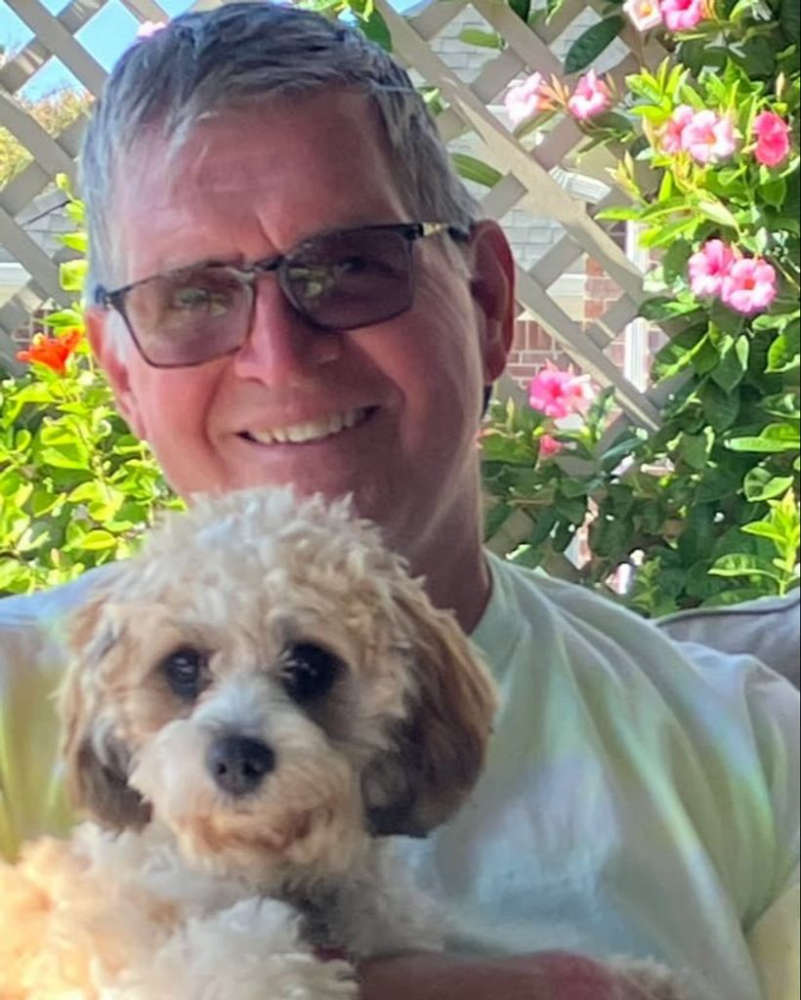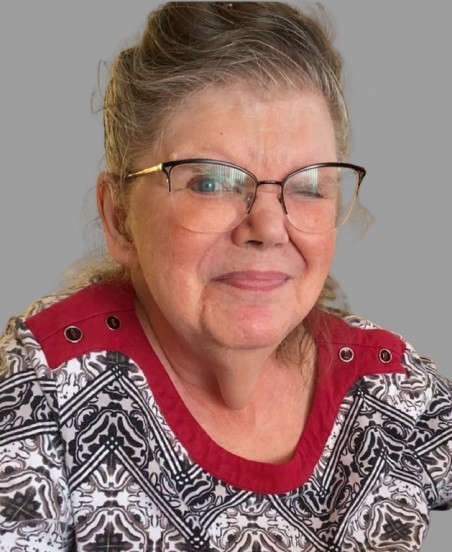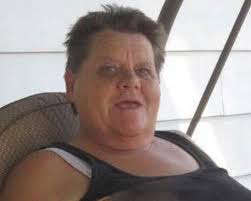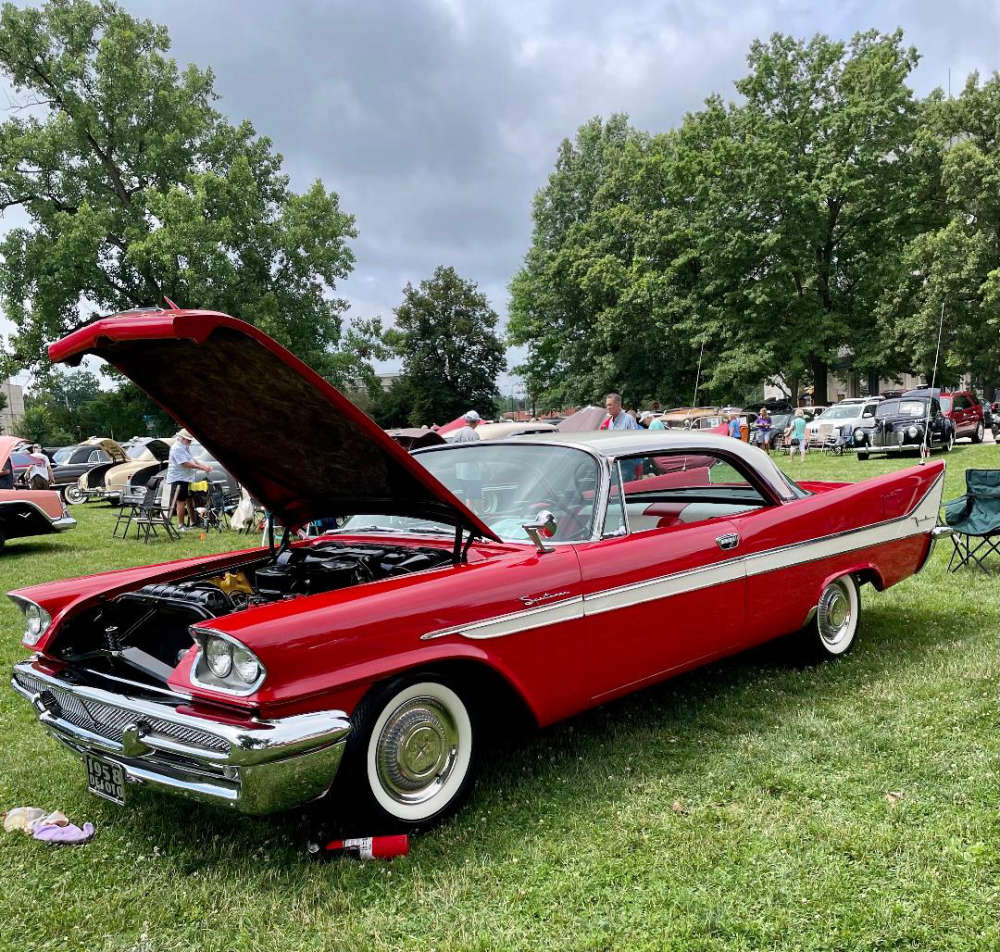
Dear readers.
Sandy and I decided to take a little vacation this past week. The open road was calling. We began, as we always do with a pit stop at Bonded Oil for gas and to stock up on snacks. With a full tank and a sack of Moon Pies, Choc-Ola, and jerky, we were on our way.
Nothing summons the American soul like summer asphalt singing beneath your wheels. It is the holy hum of rubber on road from the first sacred two-lane blacktop, the mother road Route 66, to Highway 61. The arteries pumping the blood of a nation that moves, from Bobby Troup’s jazz cool “Get your kicks” to Bob Dylan’s “Highway 61 Revisited.”
It was at the crossroads where blues legend Robert Johnson met the devil and signed a contract. Thelma and Louise? They’re still out there somewhere, streaming on TV and burning fossil fuels and patriarchy in equal measures.
We weren’t chasing devils or destiny on this trip. We were time travelers, sliding backward through the decades to when cars mattered, when cars changed shapes like fashion year to year.
There was a time when cars like women’s shoes were two-tone. Whitewalls like a tycoon’s necktie went from fat to thin.
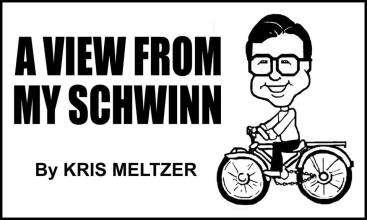
In those days, round every curve in the road was a barn painted with the slogan “Chew Mail Pouch Tobacco, Treat Yourself to the Best” or “See Rock City.”
Poetry came in six-line bursts on Burma-Shave signs, not today’s ambulance-chasing billboards screaming “Hire the Hammer!”
We were Akron, Ohio bound, pilgrims to the 39th National DeSoto Club Convention, two wide-eyed neophytes in a sea of chrome and nostalgia.
People collect their youth like loose change: Schwinn bikes, baseball cards, Beanie Babies.
Me? I collect the ghost of Chuck Cochran, my late Shelbyville friend who whispered before he left: “Join the DeSoto Club. You don’t even need a car, just a pulse and a love for when America ran on martinis, unfiltered Luckies, and the click-snap-hiss of Zippos lighting up the night.”
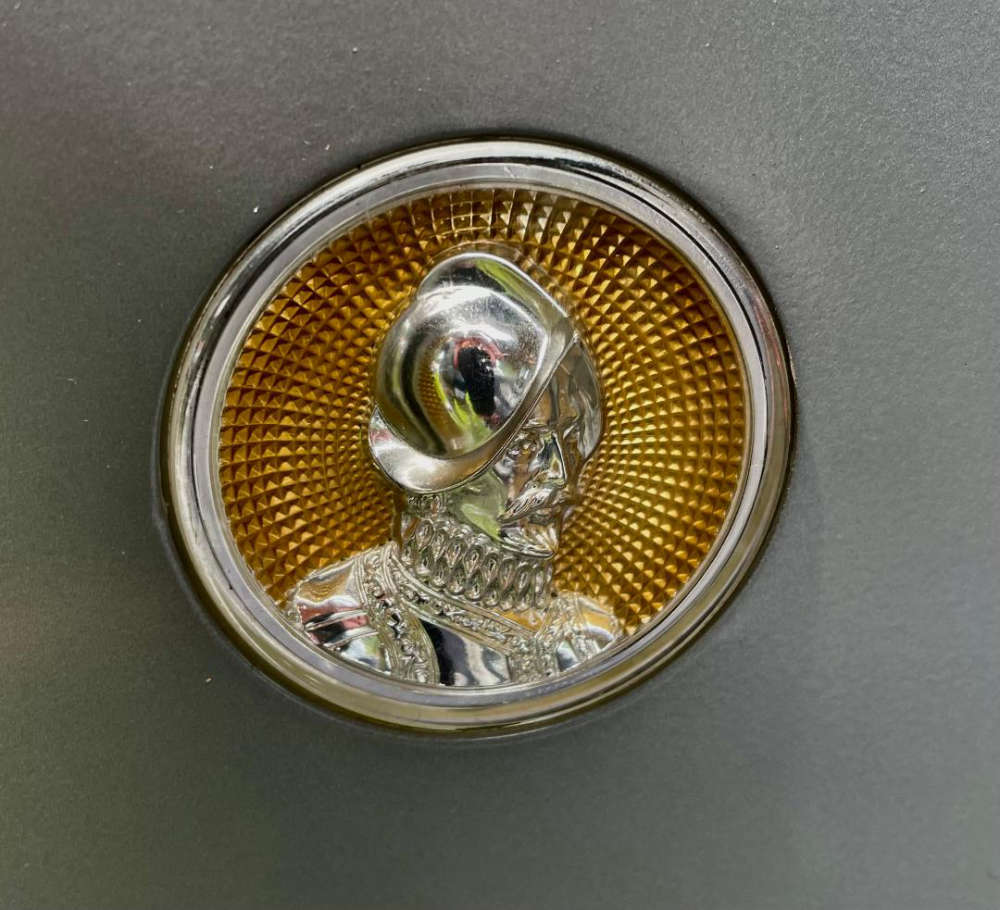
DeSotos are not named for some industrialist tycoon like Henry Ford or Walter Chrysler. No, DeSotos are named after 16th century Spanish Conquistador, Hernando DeSoto.
After his conquest of the Inca civilization in South America, he explored North America. I’m guessing he never imagined his image would end up on the hood ornament of an American automobile 500 years later.
Although even today, Hernando’s Conquistador Couture looks sharp complete with the uniform, helmet, and breastplate.
Akron rolled out the red carpet for the DeSoto Club. The mayor himself penned a welcome letter, like we were dignitaries of some lost republic.
And the cars!
John Wayland’s 1929 Model K Phaeton, so sleek Tallulah Bankhead might’ve driven it to a speakeasy.
Then there was Ted Blair’s ’56 Seville, a wolf in sheep’s chrome. “More power!” he growled, channeling Tim "The Toolman" Taylor, and sure enough, he’d crammed a 500-horsepower Viper V-10 under the hood. A DeSoto that could outrun its own ghost.
We eyed Rod Scott’s ’58 Firedome suspiciously. It was the same year as “Christine,” Stephen King’s haunted Plymouth. Since both DeSoto and Plymouth were made by Chrysler, I was a little worried. But the evil, it seemed, was Plymouth’s curse alone. No demonic DeSotos here, just men and women polishing fenders like sacred relics.
The rain came morning of the car show, but by noon the sky cleared, the chrome sparkled, and the judges moved like priests among the faithful.
Banquet night: trophies, laughter, stories swapped over steak and Scotch. And somewhere, Hernando DeSoto was grinning, not just for the cars, but for the madness of it all: an American automobile company named for him.
The DeSoto’s extinct now, gone the way of Burma-Shave and unfiltered smokes. But for three days in Akron, it lived again. The cars looked fast even when parked, beautiful even when still, a mirage of mid-century American chrome.
“See you in Louisville, next year,” someone shouted as we left.
The road stretched ahead.
We’ll be there.
See you all next week, same Schwinn time, same Schwinn channel.


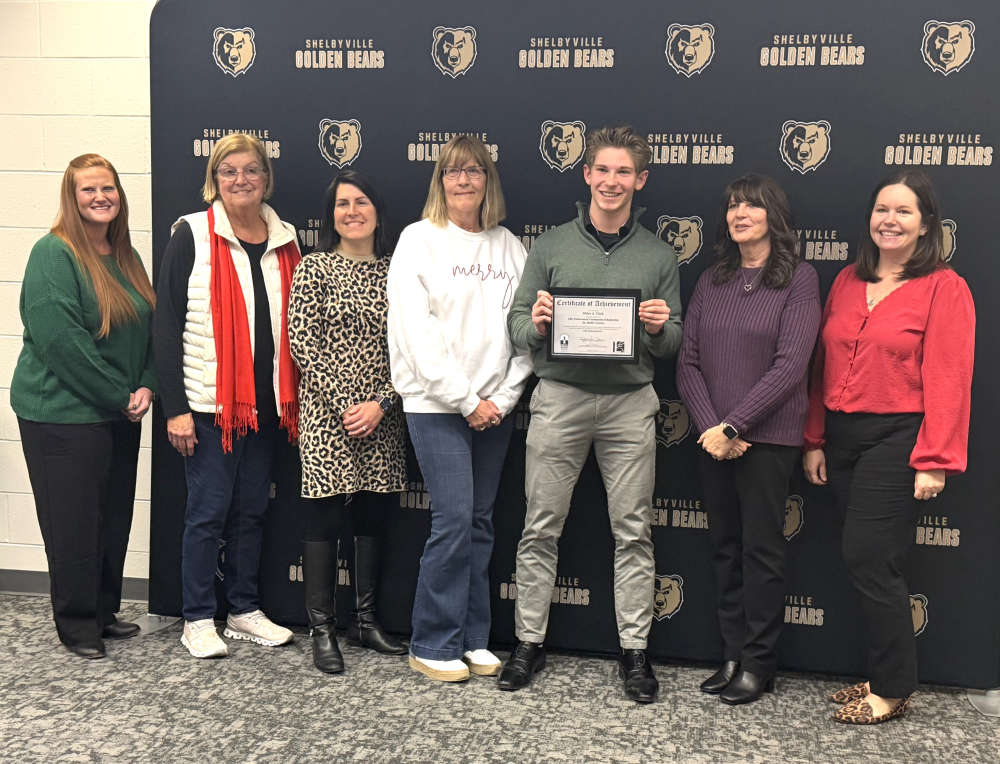 Shelbyville senior receives 2026 Lilly Endowment Community Scholarship
Shelbyville senior receives 2026 Lilly Endowment Community Scholarship
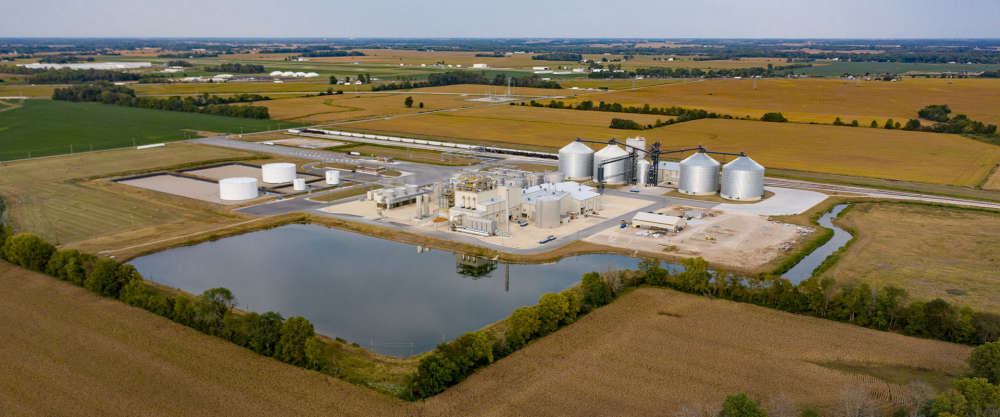 Common Council approves tax abatement plan for potential POET Bioprocessing facility expansion
Common Council approves tax abatement plan for potential POET Bioprocessing facility expansion
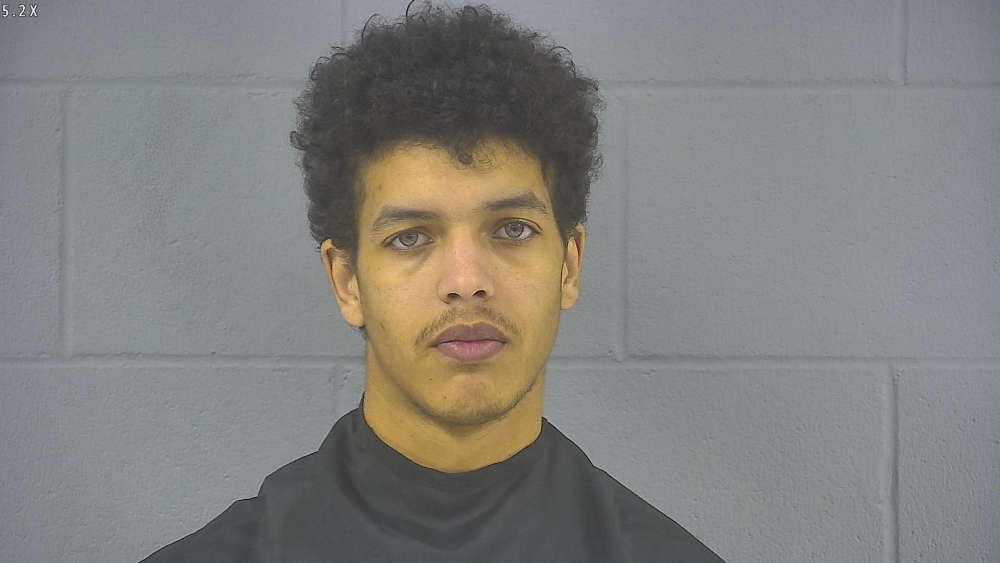 Father arrested after child outdoors in diaper, drugs found in Greenfield apartment
Father arrested after child outdoors in diaper, drugs found in Greenfield apartment
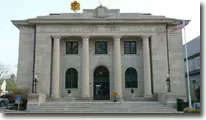 Water Resource Recovery Facility fees rising for first time in more than a decade
Water Resource Recovery Facility fees rising for first time in more than a decade
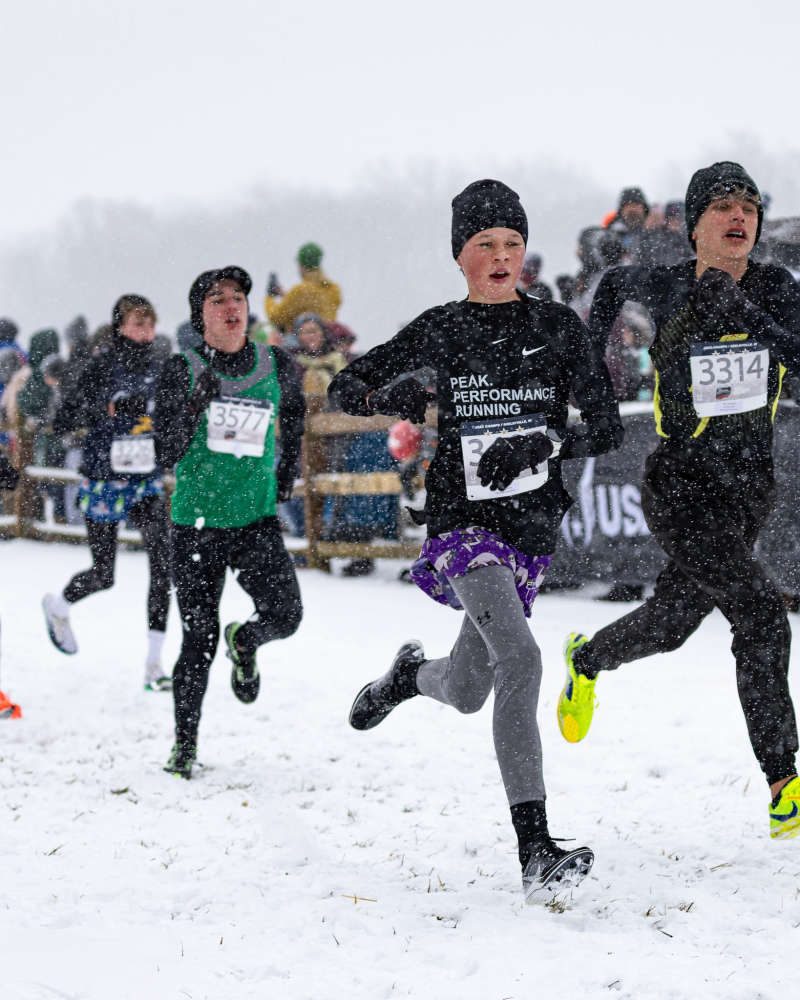 Shelbyville's hospitality on full display during snowy cross country national championship event
Shelbyville's hospitality on full display during snowy cross country national championship event
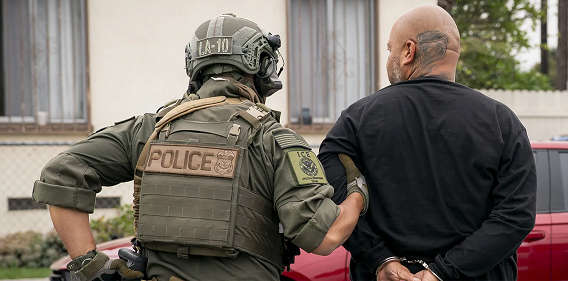 Department of Homeland Security launches Worst of the Worst website
Department of Homeland Security launches Worst of the Worst website
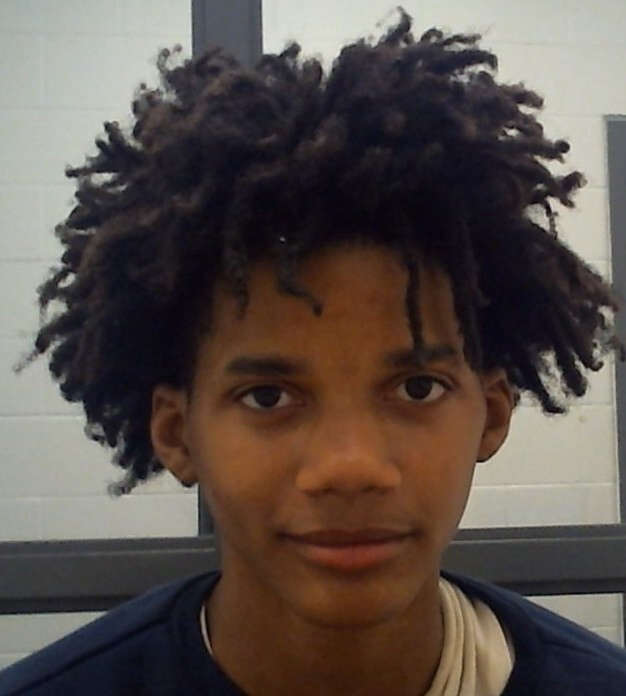 Greenfield PD looking for reported runaway who should be considered armed and dangerous
Greenfield PD looking for reported runaway who should be considered armed and dangerous
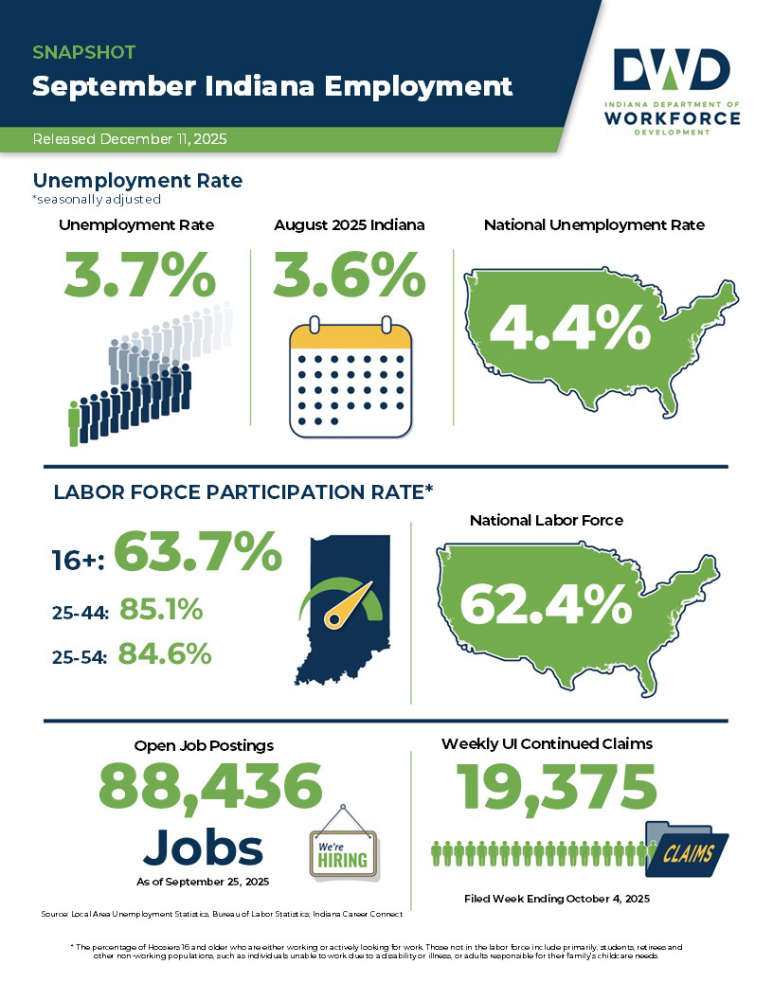 Indiana Department of Workforce Development releases September employment report
Indiana Department of Workforce Development releases September employment report


